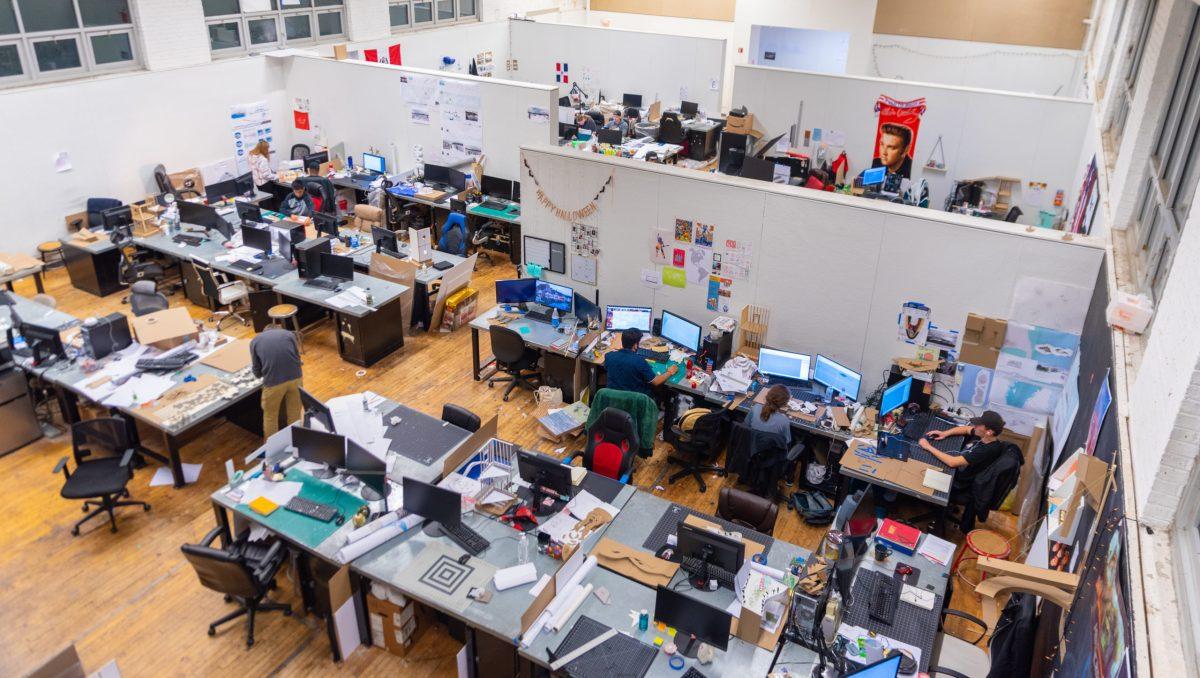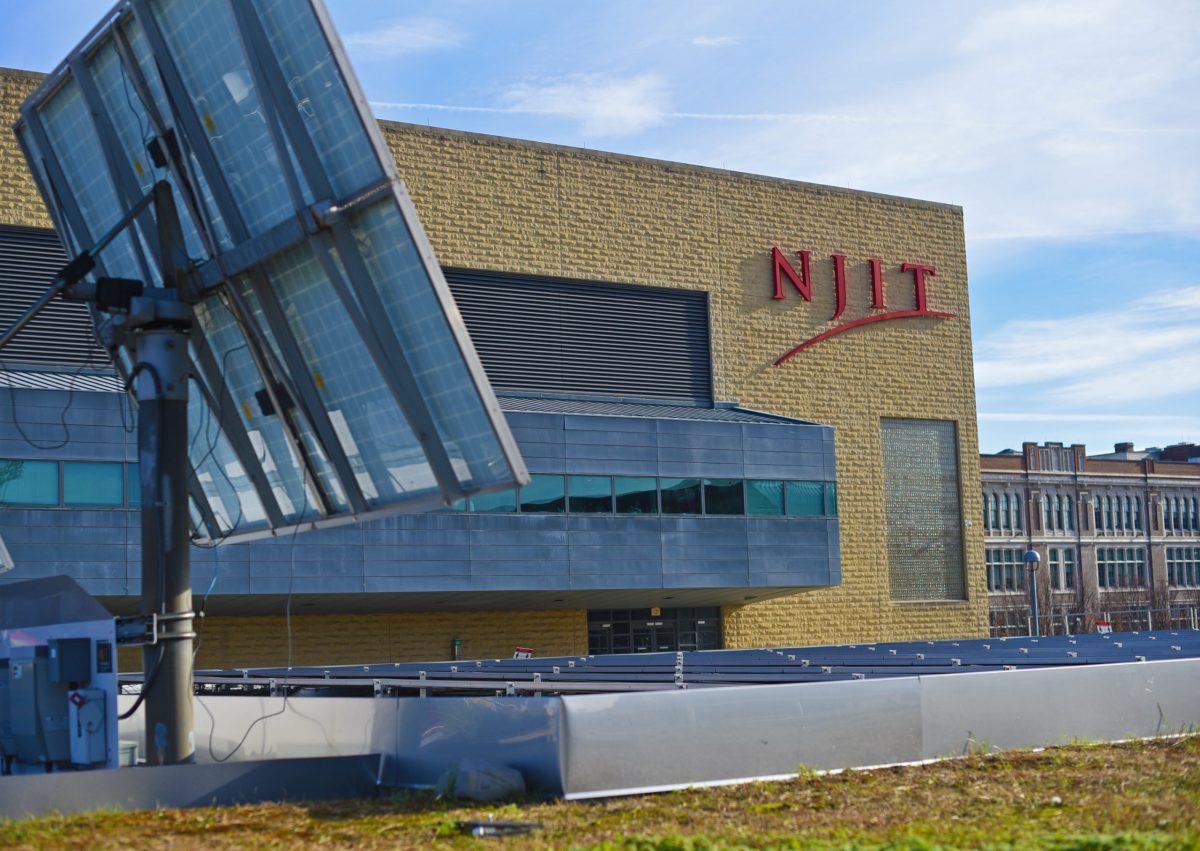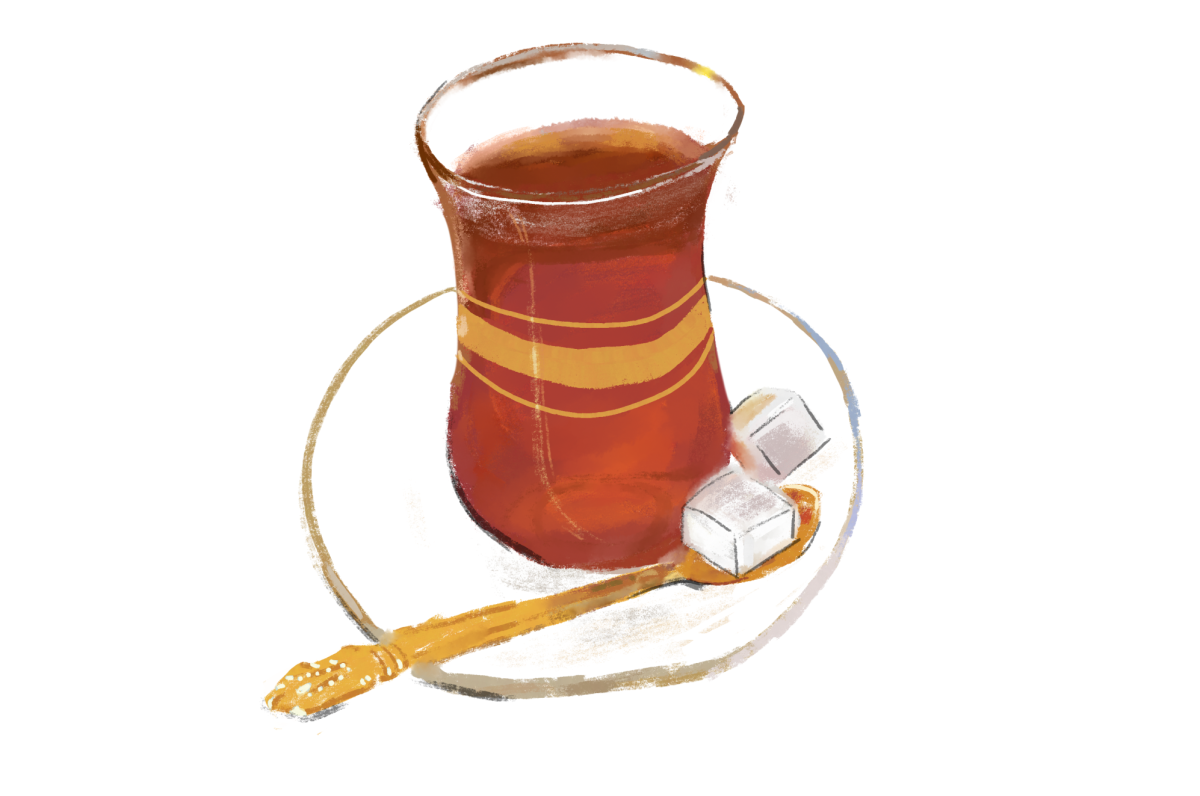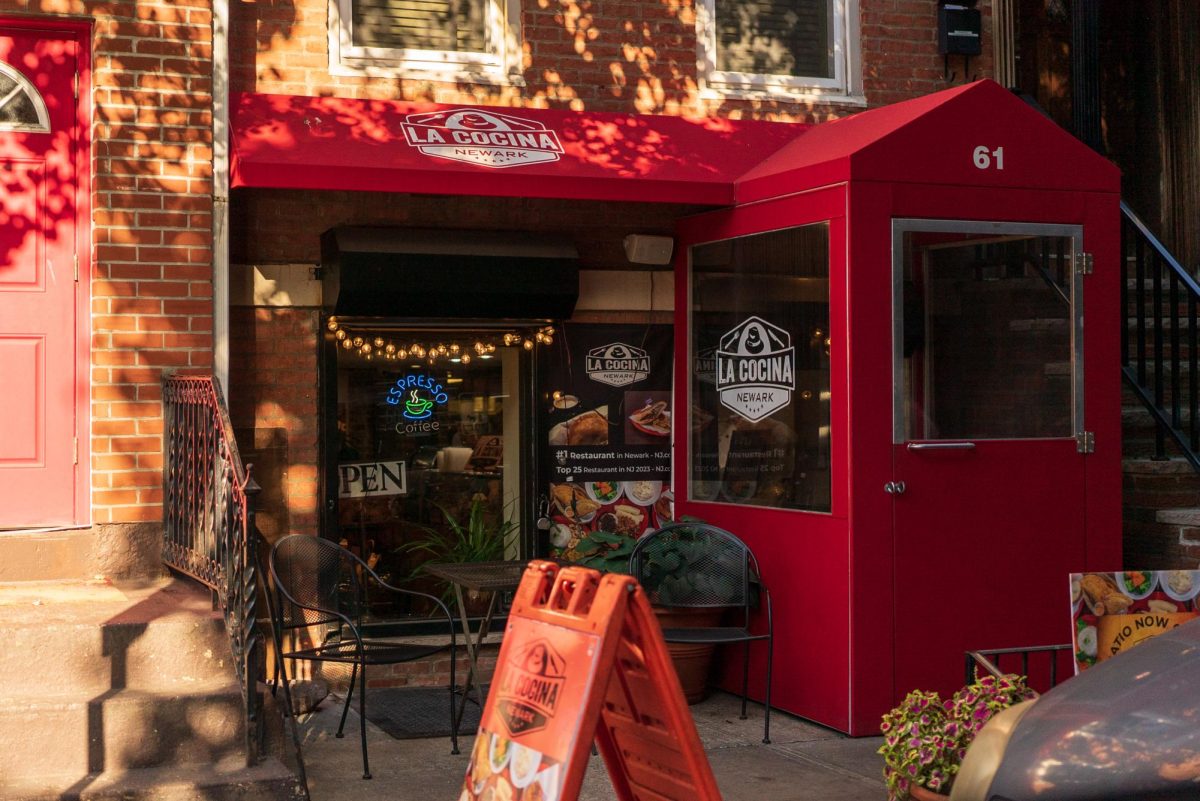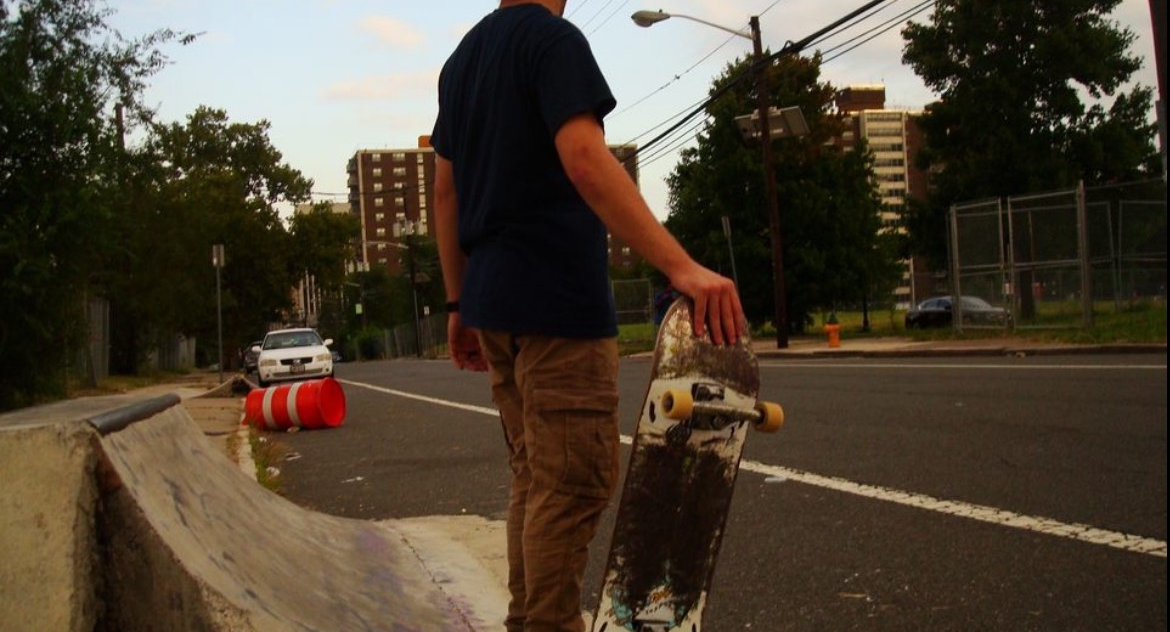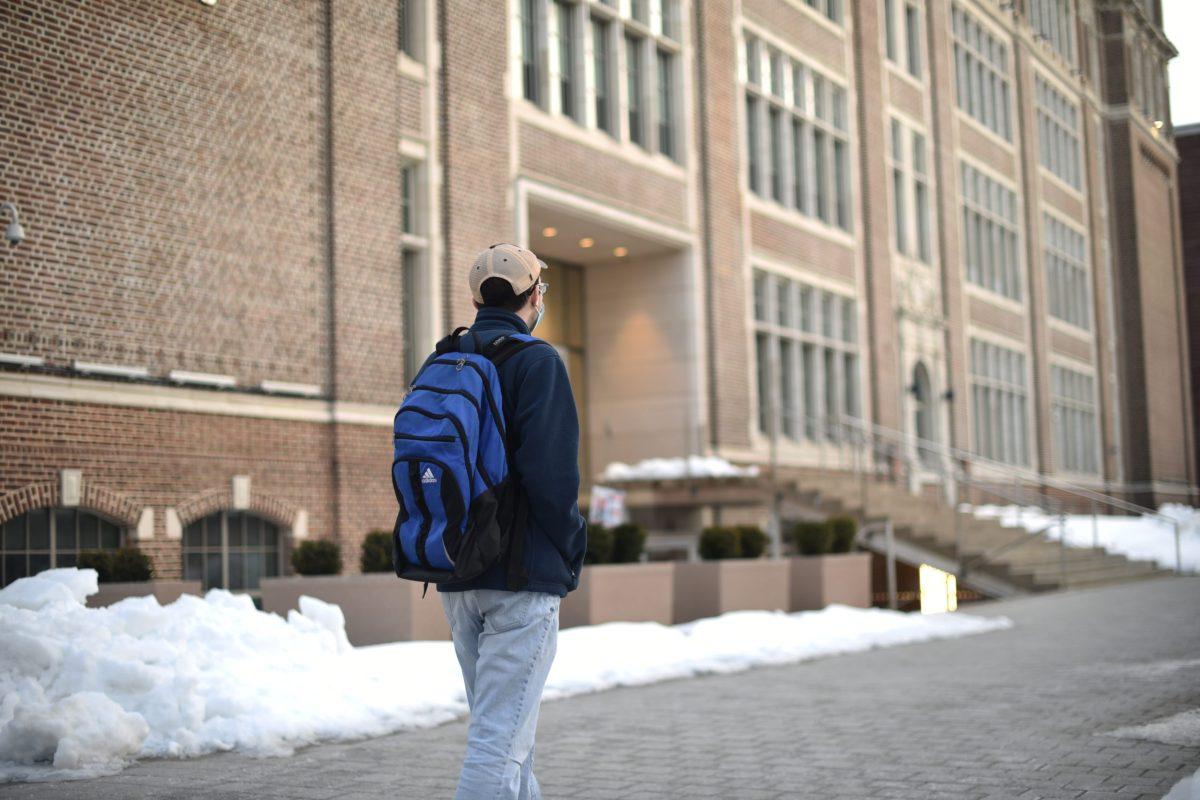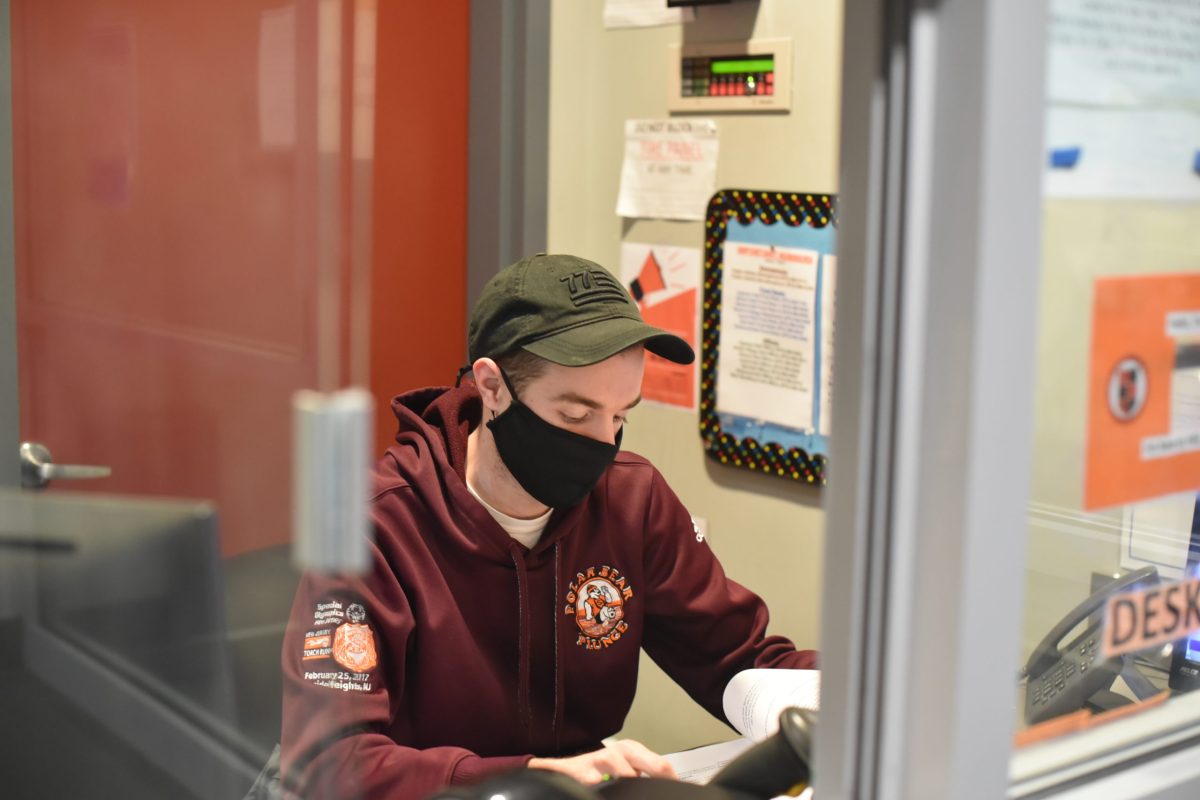Finding time between working on building plans and reading about Buddhist stupas, I managed to convince a few Architecture majors to let me record them speaking about their studio experience. Lucas Konrad-Parisi, a second year student in the architecture program, summarizes the experience in a single sentence, “Studio is fun with the people in it, but it makes me tired all the time.”
Studio Culture is a set of principles that guide the interactions between student and professor alongside the expectations of the student in their studio. Within this environment, professors and students discuss one-on-one ideas about their project and methods of advancing. This individual interaction is phenomenal for personalized critique, however it comes at the expense of long hours. Studios meet for a collective 12 hours throughout the week and when one takes into account reviews (the design equivalent of a test) that time stretches even further. I recall a graduate studio that began at noon and was still presenting at 8pm.
Alongside official meeting times, design students are often found at their desk between classes, eating their lunch and at times spending the night there. Kaitlyn Mckenna, another second year Architecture major and a peer mentor, expressed the rigor this sort of schedule commands: “I think it’s really important to take time to yourself and get out of the studio environment so that you can bring energy back into it.”
The Hillier College of Architecture and Design’s (HCAD) studio culture policy states, “studio experience is a time of intense individual effort and self-scrutiny.” The school has outlined three principles that define studio: professionalism, collegiality and solidarity. These principles extend past a healthy sleeping schedule and instead intend to build the framework for what a successful future designer can be. While unique to the design program, NJIT is not alone in having this policy. Any school with a design program will likely also have a studio culture policy such Harvard, Temple and Carnegie Mellon, among others.
Miluska Franco, a fourth year Architecture major, recounts her initial reaction to studio. “At first studio culture can be overwhelming. It’s a constant state of competition and a hit to the psyche. It takes over your life! As the years go by though, you look at it as a resource [more] than a burden. It becomes a part of your life you control. Your competition [peers] become friends you want to see grow alongside you, so you both pull the all-nighter. Your studio becomes your team. As you manage your time and invest more in your projects, I feel studio is a wonderful tool for growth. That competition that seems overwhelming turns to people you learn from and an environment full of driven people. You get what you put in, and your studio experience is all up to your perspective.”
The stereotype for architecture students is that they are constantly sleep deprived. Pulling an all-nighter becomes a rite of passage, but that novelty wears quick and all you have left is an aching for sleep. The official policy addresses healthy habits, stating “It is essential, for example, that students get the amount of sleep they need to function safely and productively.” Yet the irony is that “all work, no sleep” is built into the culture of Weston Hall, the home of the HCAD.
The Hillier Group of Princeton, the firm who remodeled the building, described arriving at the conceptual form of “a lantern on a hill,” a lighthouse within Newark because “Students are working around the clock, so the building is illuminated at all hours.”
When the building itself is encouraging unhealthy sleeping habits, it becomes important to surround yourself with others who will encourage you to work throughout the night and the semester. Karla Vasquez, an Architecture major in her first semester has already begun to experience what studio is like. “It’s been very different, and I’ve never experienced something like this before but I think it’s interesting to be in an environment where everyone is here for a long period of time, but yet again everyone has a lot of energy and is just willing to work hard to pursue what they want.”
Student-run reforms to studio culture are currently in the works and the overall environment regarding studio has gotten better. For one thing, you now hear less people joking about dropping out or worse.
However, a lot of changes still have to be made before HCAD students aren’t interrogated by prospective students on which is the most comfortable spot to sleep in Weston Hall. In the meantime all any of us hope for, the entire NJIT student population included, is to get just a bit more sleep.
Photos by Katherine Ji | Photography Editor



























